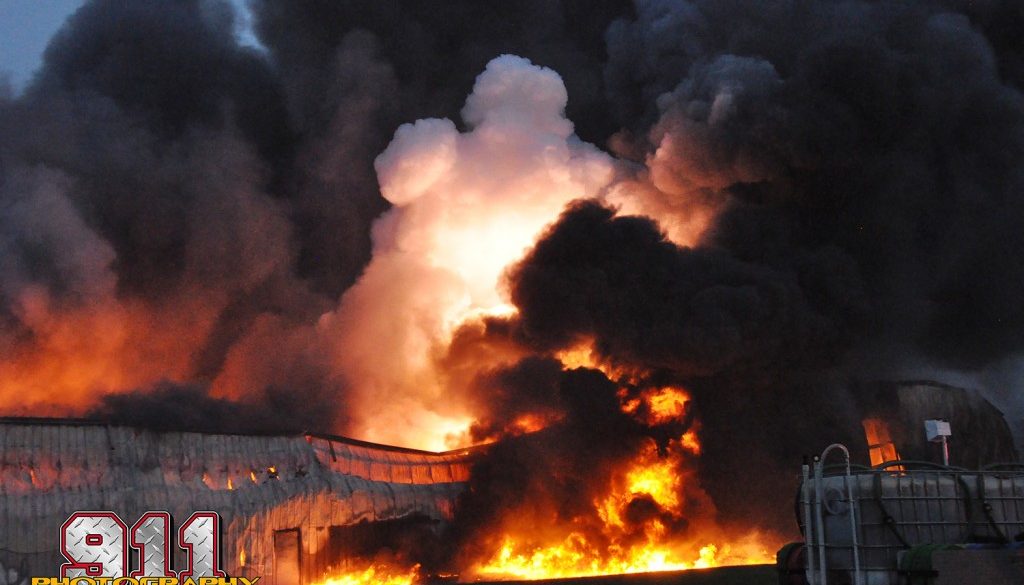The EPA’s Proposed Chemical Disaster Rule Is a Disaster in the Making
By Charise Johnson, Union of Concerned Scientists
It isn’t new news or another hot take: communities of color are disproportionately exposed to and impacted by toxic chemical releases. The impacts of these incidents are severe, including death and serious injury, and often the children and families affected also have the fewest resources to protect themselves. They are also more immediately impacted by the decisions the Environmental Protection Agency (EPA) makes on chemical risk management.
UCS released a white paper today – The Impact of Chemical Facilities on Environmental Justice Communities: Review of Selected Communities Affected by Chemical Facility Incidents – that addresses the EPA’s proposed rule to reverse improvements to the Risk Management Program (RMP), a regulatory mechanism intended to ensure the safety and security of over 12,000 facilities that use or store hazardous chemicals nationwide, as made under the Obama administration and finalized in January 2017. Specifically, it highlights the potential health impacts of past catastrophic incidents at chemical facilities on nearby communities.
Initially, the EPA delayed enforcement of the 2017 RMP changes, but just last week the delay was ruled as “arbitrary and capricious” (read: an abuse of power; illegal) by the DC Circuit Court. The court win means EPA must implement the changes at once – but the proposed rule is still on the table. The white paper highlights examples of the impacts of industrial chemical facilities incidents on the people in surrounding areas, which are most often workers and environmental justice communities (majority people of color, often low-income or living at or below the poverty line), thereby demonstrating the need for the 2017 rule.
Key provisions of the 2017 rule that would increase information for first responders, fenceline communities, and the broader public are eliminated in the proposed rule, along with the move toward safer technologies and practices. Despite the EPA’s acknowledgment over the past several years that chemical facility incidents occur frequently and can affect nearby local communities as well as facility employees themselves, the EPA’s 2018 proposed rule and supporting documentation ignores these findings – and the communities and workers who fought hard for common-sense protections. As the white paper details, the 2018 proposed rule not only increases the likelihood that incidents will occur by removing essentially all preventive measures, but it also increases the impact on communities when these incidents happen. The findings in the report underscore an important need to honor the safeguards from the 2017 rule and to investigate the long-term and cumulative health impacts from chemical facility incidents, including the regular release of toxics into surrounding communities.
Without a doubt, the EPA’s proposed chemical disaster rule would leave the public without greater protection from life-threatening industrial incidents. There is still time to let them know that removing safeguards for communities and workers is unconscionable and we will not stand for it. We have fought hard for improvements in the past and won, and we can do it again. There is still time to submit a public comment to the record, but the comment period for the proposed rule ends in two days. UCS has created an RMP public comment guide for tips on writing a strong comment for the proposed rule, which can be found here.

